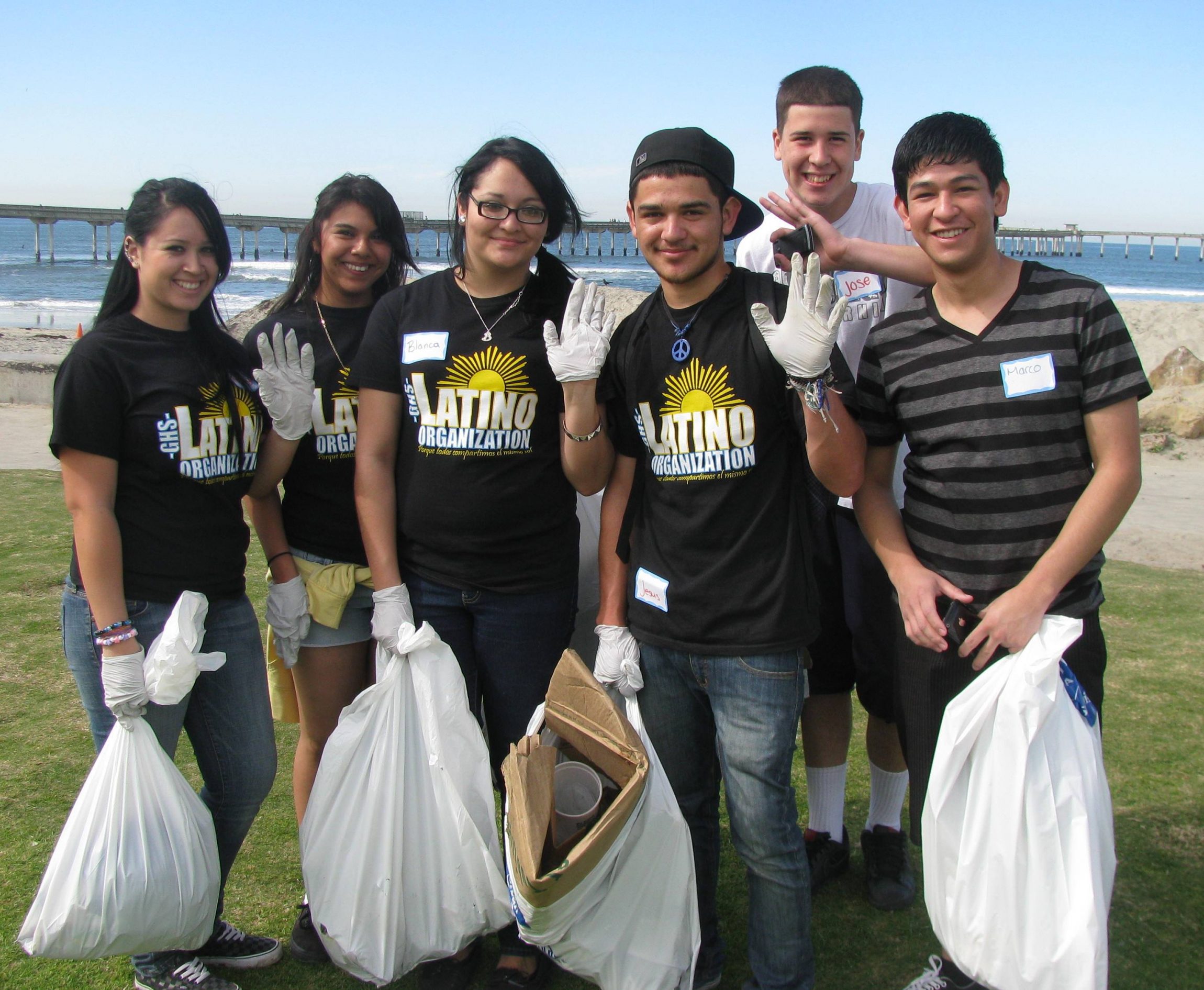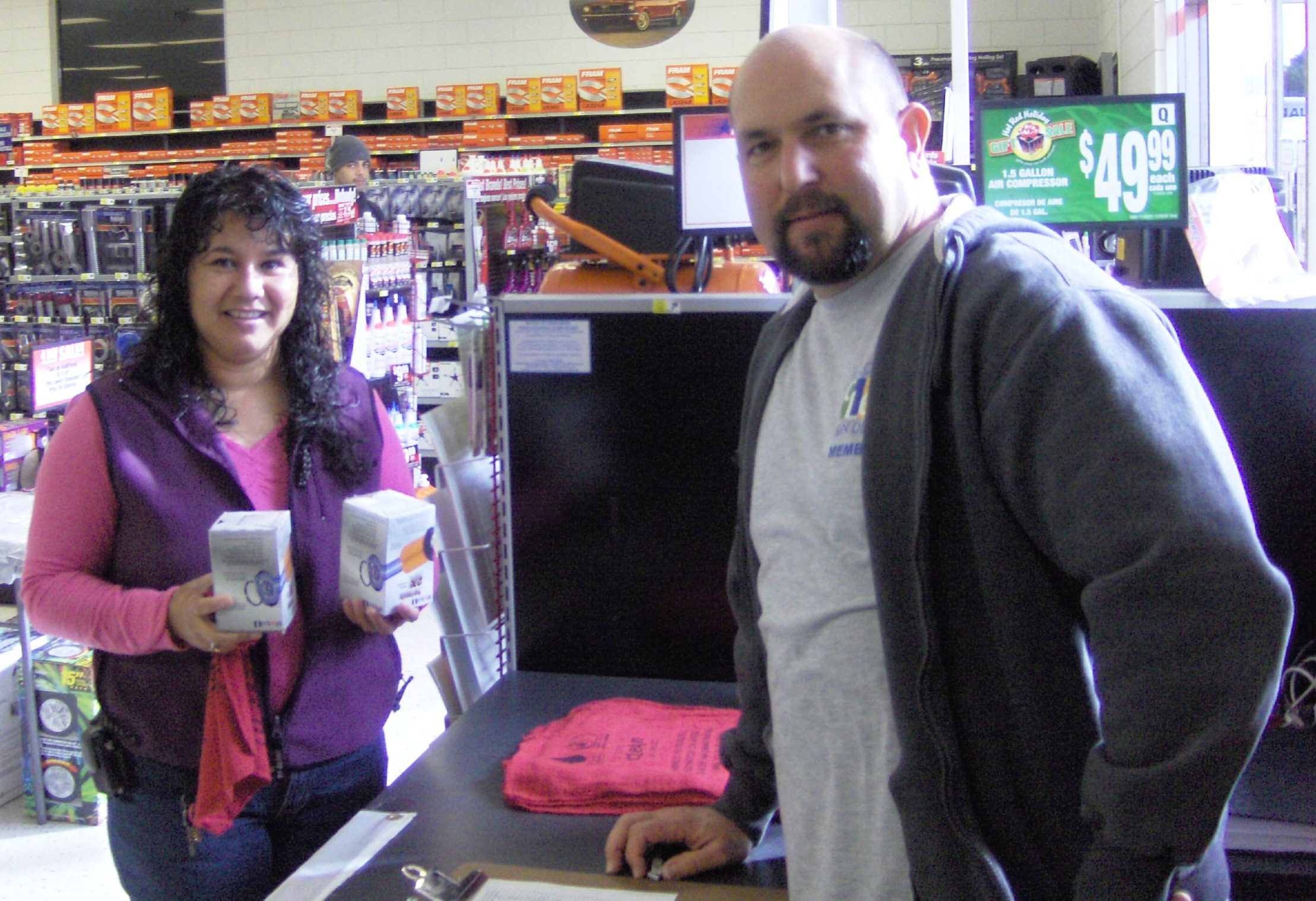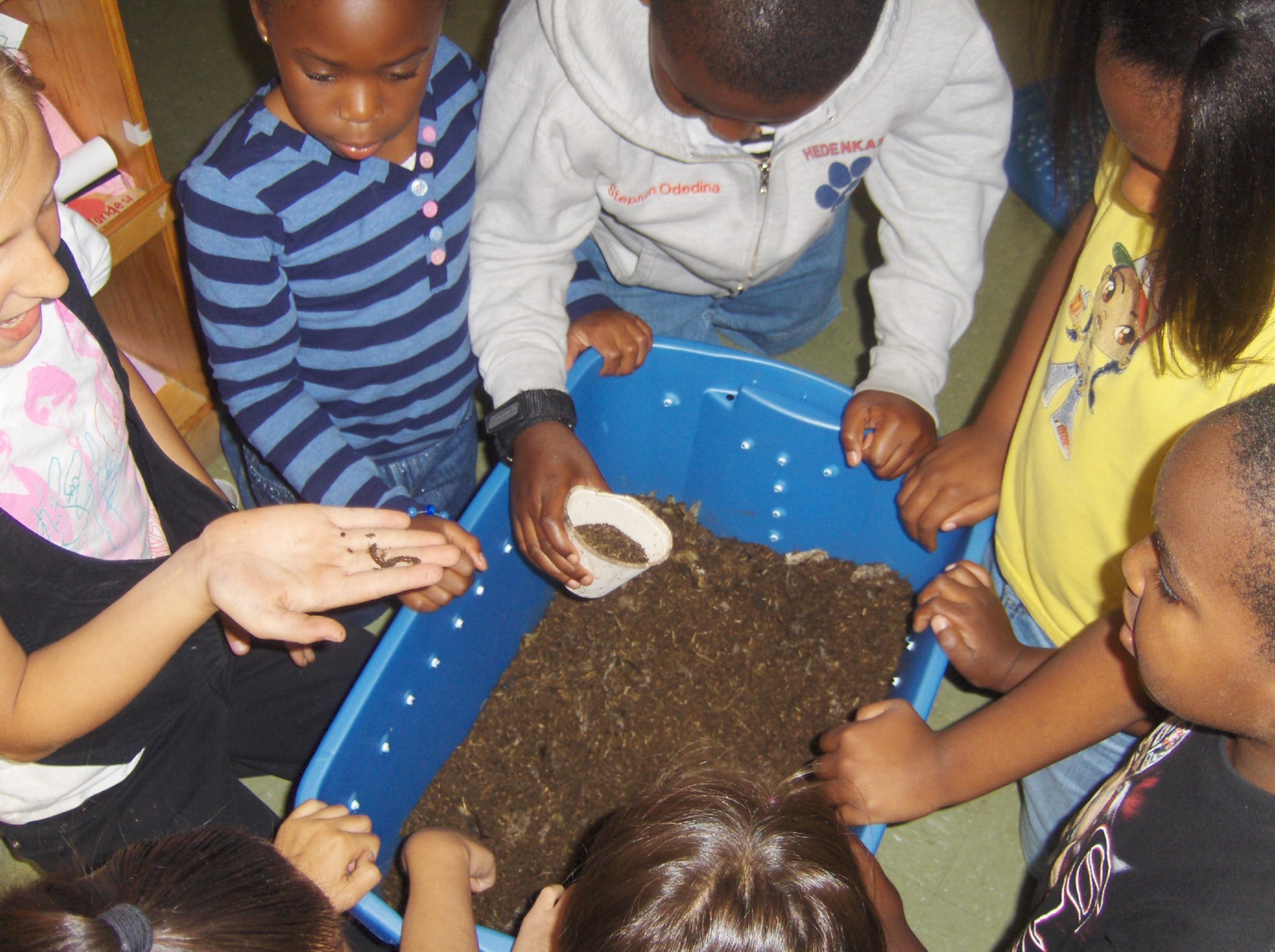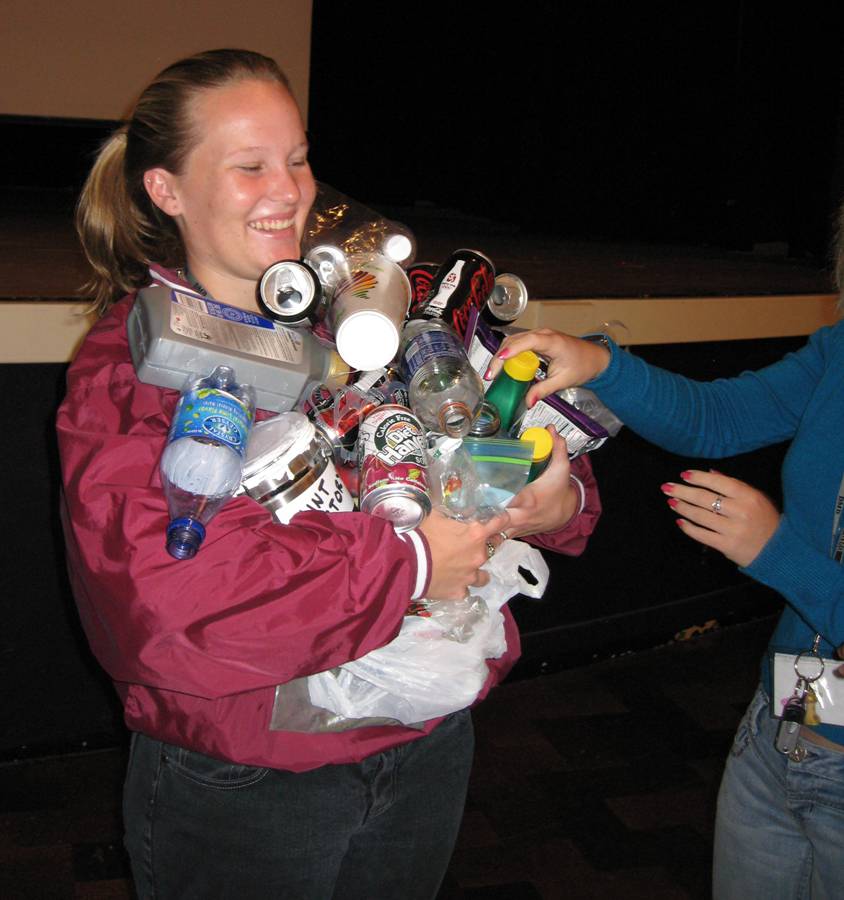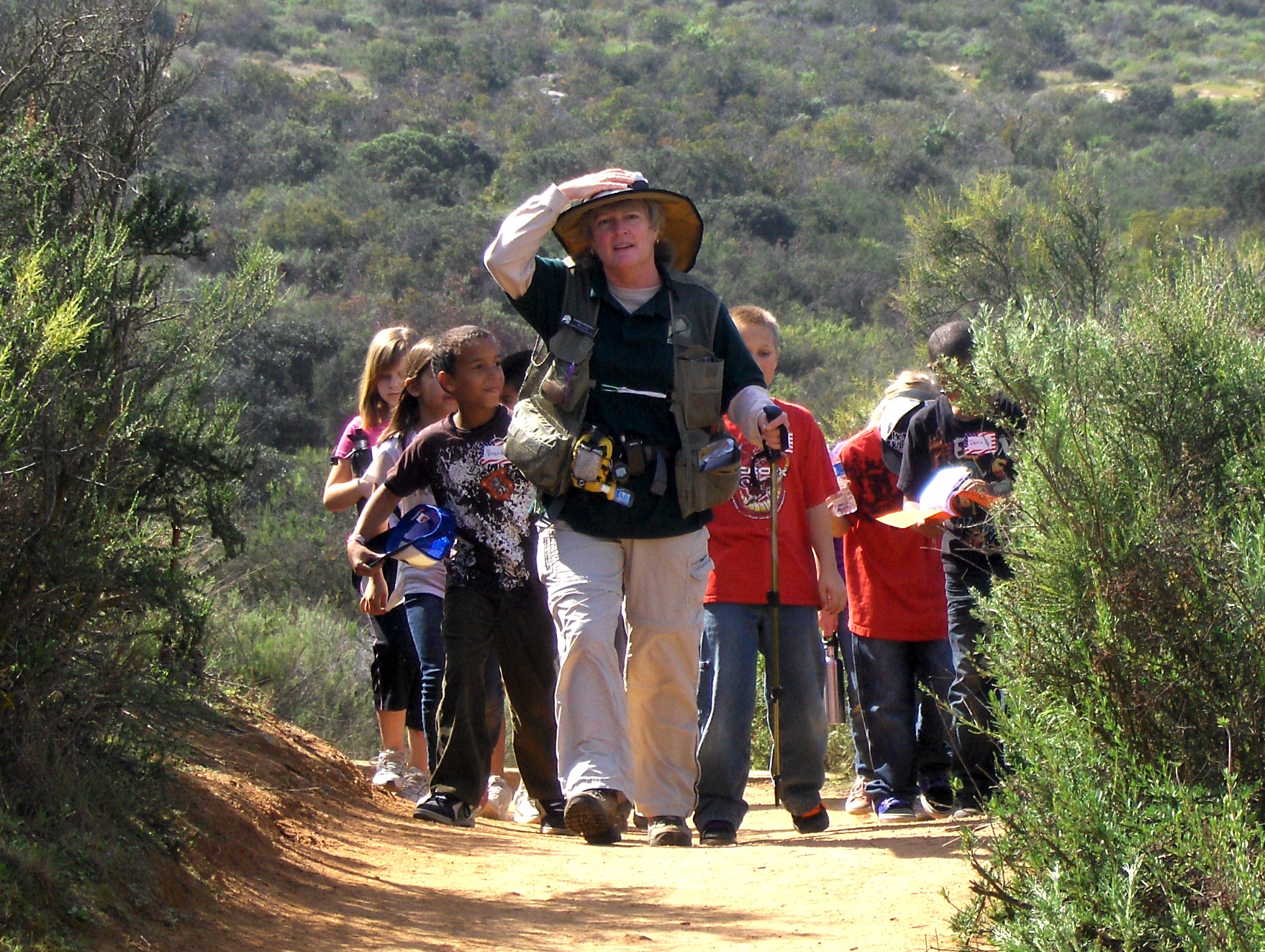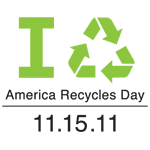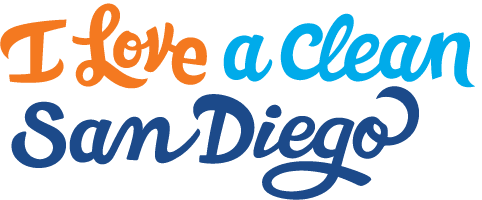Sometimes cleaning up our environment means we have to get a little dirty in the process, but that doesn’t stop our volunteers!
Each year around Valentine’s Day, I Love A Clean San Diego organizes the Cupid’s Cleanup as a way for eco-minded singles, couples, and friends to show their love for a clean San Diego by cleaning up an area of our local community. We put on smaller cleanups like Cupid’s each month in communities across San Diego county who have well, gotten a little dirty. We announced last week that in 2011 we mobilized more than 29,000 volunteers who picked up 241 tons of trash from our community’s beaches, waterways, canyons, and parks.
Why get dirty at these cleanups?
Events like Cupid’s cleanup are vital to the health of our local environment and are an important part of preserving the San Diego way of life that we all love so much. Keeping trash out of our ocean not only helps the animals who live there, but also makes it safer for all San Diego residents to swim, surf and play in our coastal waters. If left where it was, that 241 tons of trash would have eventually made it’s way into our waterways and ultimately into the ocean. Who wants to hang out near a big batch of trash soup?
In addition to smaller monthly cleanups, ILACSD coordinates two of the largest countywide cleanup events each year, our signature event the Creek to Bay Cleanup coming up on April 28th, 2012, as well as Coastal Cleanup Day on September 15, 2012. This gives San Diego residents various volunteer options and they see first-hand how trash makes its way from inland communities all the way to the coast through San Diego County’s vast watershed system.
To sign up for Cupid’s Cleanup contact our Community Events Coordinator, Jemma at jdeleon@cleansd.org or at 619.704.2778 today!
Can’t make it to Cupid’s but want to find out about other upcoming events? Sign up for our monthly e-newsletter!

